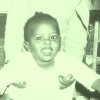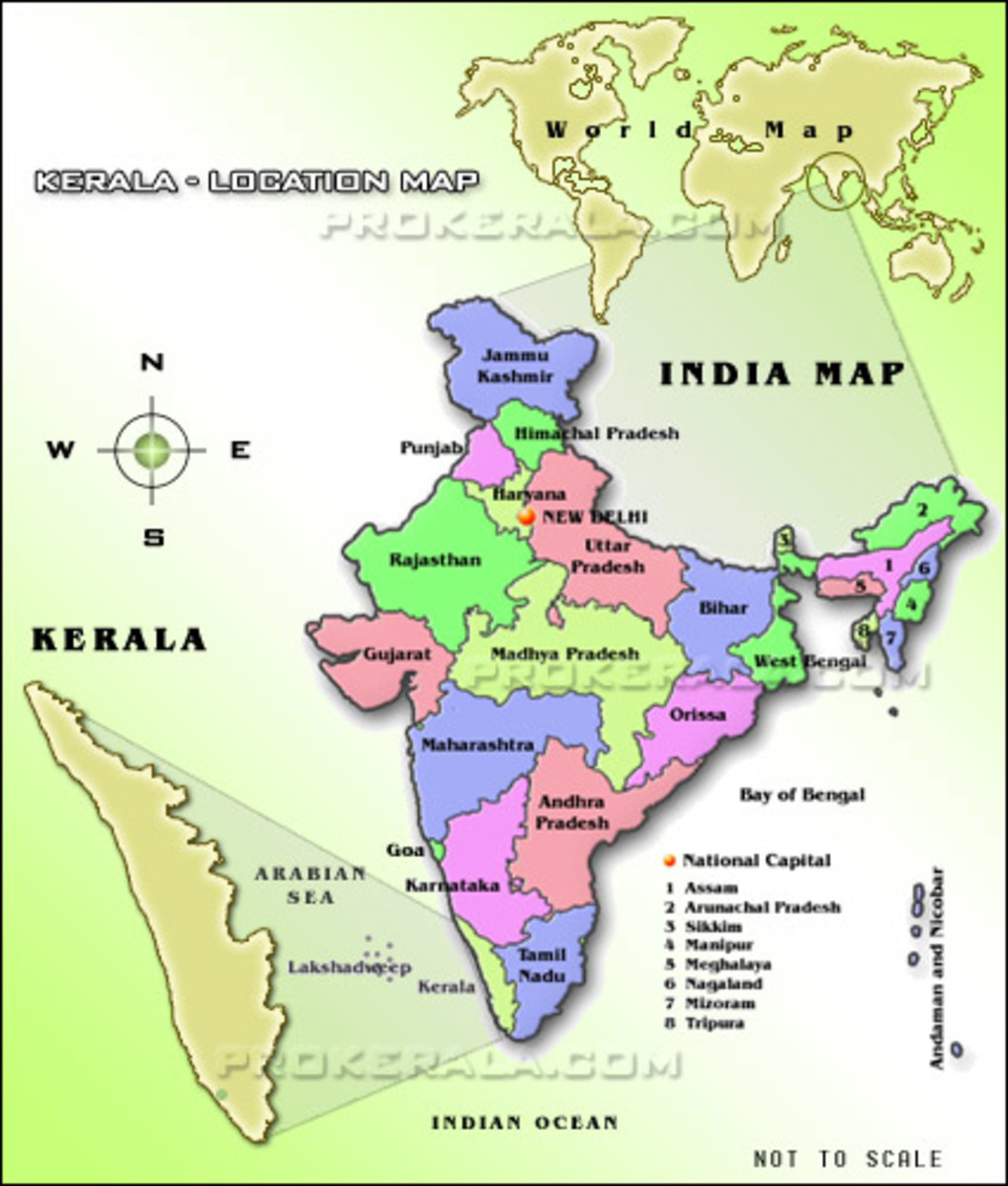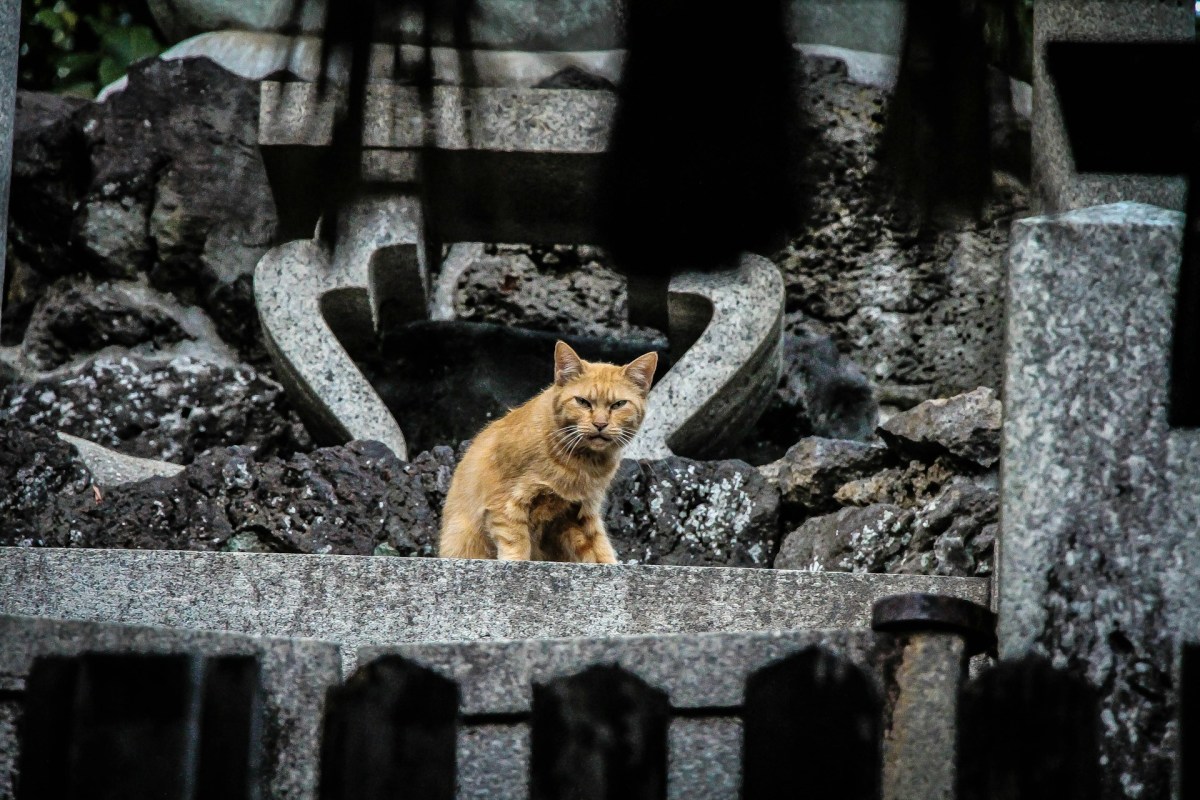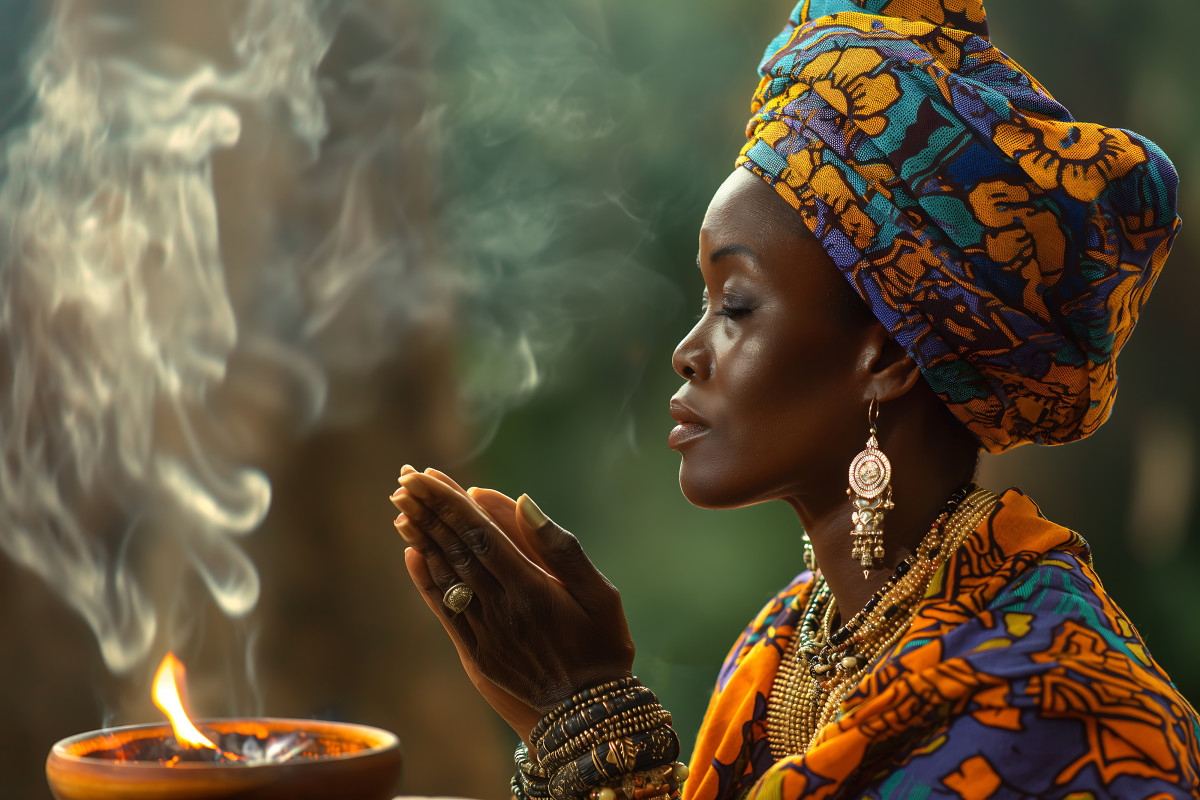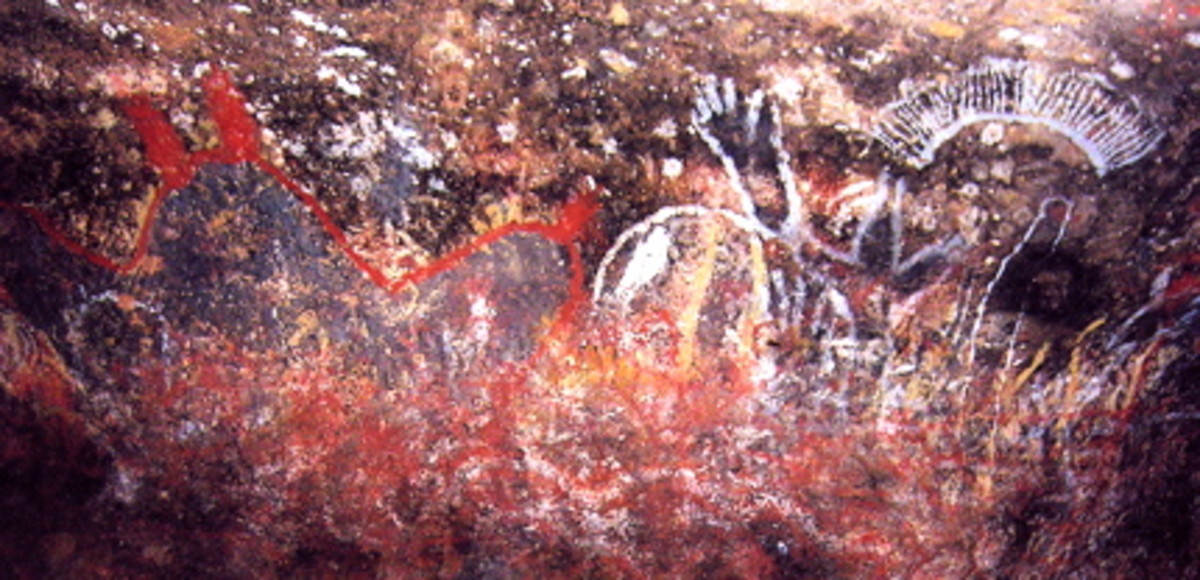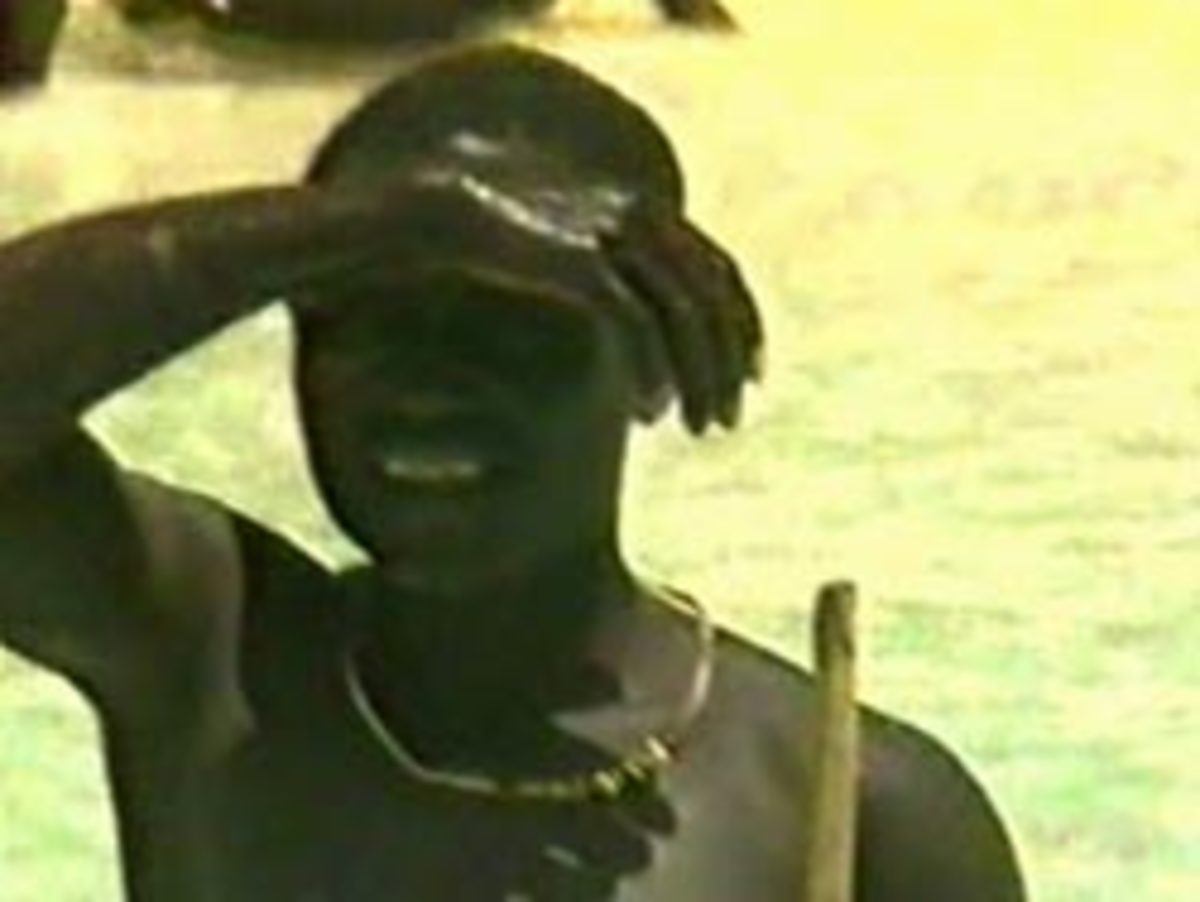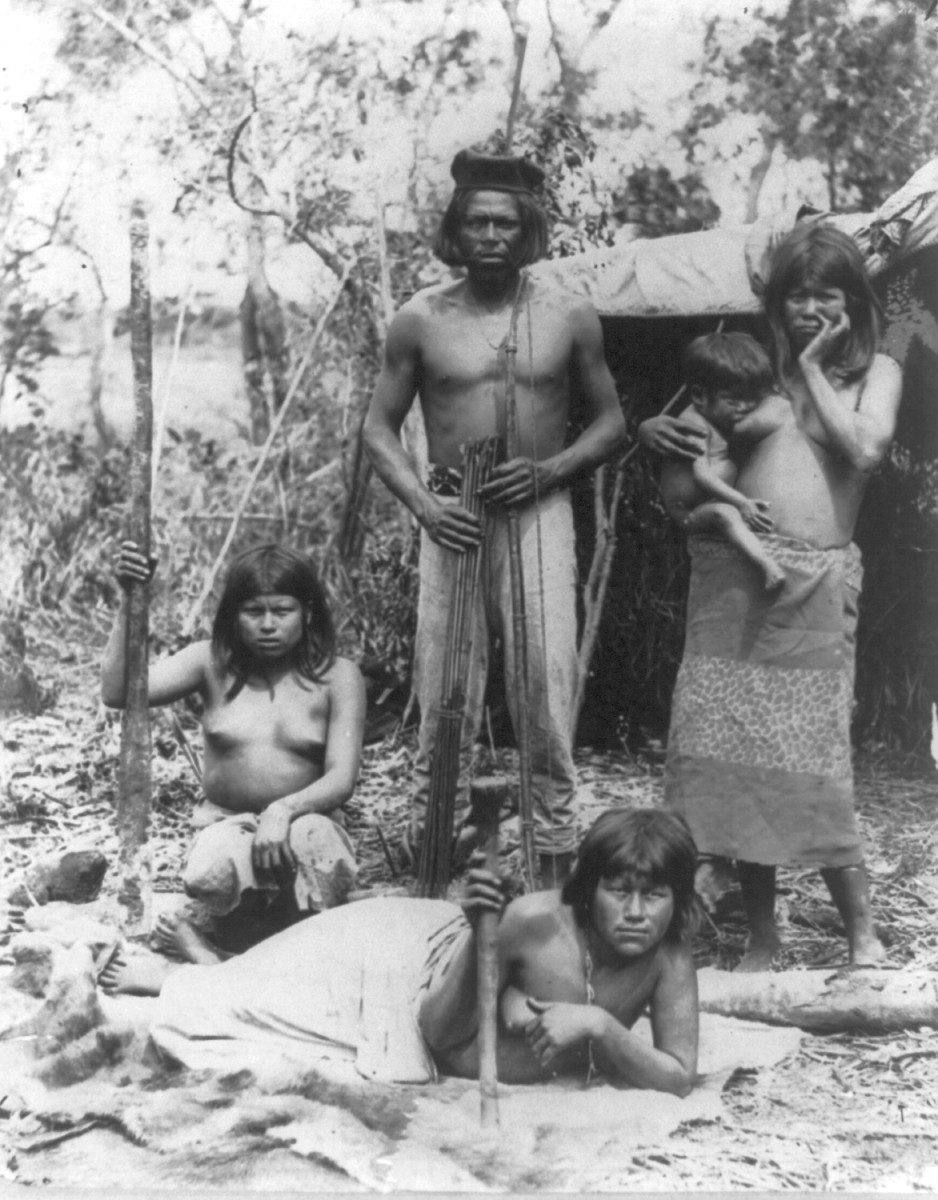African Names and Naming Of Twins and Other Multiple Birth Children
African twins (or multiple-birth children, in general), according to their ethnic group and gender, are traditionally given specific names. Often, the siblings who preceded and the ones who followed the twins are also given specific names. Traditional reactions to multiple baby births vary from culture to culture. However, a commonalty is the subjecting of those born in multiples to ritual cleansing. Some of this cleansing can involve wild partying. Generally, such births are regarded either as bad omens, or as mysterious extraordinary happenstances, or as symbols of goodwill from God or ancestors. The births, therefore, require proper ritual cleansing for their benefits to be realized or for their possible negative impacts to be counteracted or nullified. Improper handling of multiple birth siblings would cause the spirits to vent their anger upon the family or the community. Multiples are indeed treated with extra care, if not suspicion. The following is in a piece that Jan Daeleman devotes exclusively to the exploration of multiple-birth naming traditions in Sub-Saharan Africa (1977: 189).
"The birth of twins has a very particular meaning in many Sub-Saharan tribes, as the twins are considered to bring along a message from the ancestors to their living descendants. Their birth is accompanied by very specific rites and a carefully patterned name-giving. ...in the Ngwi language the twins are called Nker , "grave", which makes their relationship with the ancestor world very explicit: they are indeed considered to be mediators between the world of the living and the world of the dead. ...they are also designated as "numinous children"...and compared with the bird...sent by God to guide all other birds (birds being believed to be of supernatural origin)....Twins are given names that refer not only to mysterious natural phenomena as "thunder" and "lightning", but also to mysterious aweinspiring [sic] animals such as the "snake"...or felines such as the lion, the leopard, the serval...African tiger-cat...the "kingly" and "lordly" animals.... The...Koongo interpret them to be..."sacred children"...pre-existent spirits...being incarnated in the family of their choice.... Welcoming-rites...aim at making them realize that they are acknowledged as spirits."
Paulus Mohome writes about the Basotho of southern Africa (1972:178).
"...the birth of twins always is a cause of joy and anxiety. ...a great deal of excitement as well as concern surrounds the birth of twins, more so if they happen to be identical twins. They are regarded as a special gift from the ancestors. The birth of twins is said to indicate that the ancestral spirits are happy and proud about such parents. The cause for concern always stems from the belief that the twins are delicate and thus frail. There exists a strong belief among the Basotho that twins rarely grow to be adults without dying. To insure the survival of twins, great precautionary and protective measures are taken. ... the mother receives special care by being given plenty of food so as to maximize her lactic capability. Rituals and taboos are elaborate. The joy of the parents is shown by organizing lavish food and beer parties to celebrate the occasion. Two sheep or goats are slaughtered to welcome the twins. Custom dictates that everything must be done twofold, for it is believed that if this is not done, one of the twins may die."
The Nandi of Kenya have their side of the story (Hollis 1969: 68).
"The birth of twins is looked upon as an inauspicious event, and the mother is considered unclean for the rest of her life. She is given her own cow and may not touch the milk or blood of any other animal. She may enter nobody's until she has sprinkled a calabash full of water on the ground, and she may never cross the threshold of a cattle kraal again. One of the twins is always called Simatua (Fiscus sp. ) whilst the other receives an animal's name such as Chep-tiony, Chep-sepet, Chemaket, Che-makut , etc."
The Luhya of Kenya and Uganda have a lengthy traditional ritual (Wako 1985: 37-38).
"If a woman gave birth to two children, they were called "Amakhwana." The mother of twins was nicknamed Nabakhwana or Balongo. ...But on giving birth to twins, the husband and herself shut in their hut for one month or more [sic]. A sheep would be slaughtered for her and neighbors would come and stage dances in the home. On the day of exposing the twins [to the public], the mother would cover her waist with special leaves called "amaatikhani." ...He [the father] would...choose the day for releasing the twins and their mother from staying indoors. ...the man would take a long three-pronged stick and a young cockerel while his wife would take a small hoe called "Akhasiri," a small pot of "busaa" and some water. Then they would set off for the ceremony, accompanied with a large crowd of men, women and children. ...On arrival at the home where the ceremony was to be held, there was no formal welcome as the house was full of people dancing and rejoicing. The new arrivals had therefore to force their way in. Often fighting erupted with those who attempted to prevent them from going in. The man specifically invited to perform the ceremony would proceed to the house in which the twins were, followed by his wife and using his three pronged stick, he would push the door open. The two pairs would meet at the entrance, where upon [sic] the door opener and his wife would spit some liquor in the twins' faces. This would be the climax of the ceremony and would be followed by drinking and dancing. ...Twins...the first [born]...was called Odongo if a boy and Adongo if a girl. If one of the twins died, it had to be buried behind the mother's house. There was no mourning for a dead twin. The living twin was referred to as Abanji . a woman who gave birth to twins was forbidden to enter any house at her original [parental] home until her husband had given her parents a heifer and the door opening ceremony had been performed. ...In other areas, the first twin..whether a girl or a boy was called Mukhwana. The second twin was called Mulongo. The child that followed twins was called Shisia whether a boy or a girl. The follower of Shisia was called Khamala. If one twin died, the surviving one was called Walekhwa."
Multiple-birth related names used in central Africa include Ishemboyo and Boika (for a father of twins), Tangbo and Inababiri (for a mother of twins), Inabushuri (for a mother of triplets), Manata , i.e., "carrier of twins" and Kibika , i.e., "the one who calls the twins" (for a sibling whose birth preceded that of twins), Mputu (for a firstborn sibling after twins), Tingbo , i.e., "twin's arm" (for a second-born sibling after twins), Tsiimba , i.e., wild cat and Nzusi , i.e., serval tiger-cat (for female twins), Khosi , i.e., lion and Makaanzu , i.e., "the one who holds the lion by his feet" (for male twins), and (for triplets) Omba, Shako , and Mbucu (Daeleman 1977: 191-14).
Among the Baganda of Uganda, the twin who is given birth to first is commonly named Wasswa (m), or Singoma (m), or Babirye ( f ), or Nangoma ( f ), whilst the younger one is named Kato (m), or Teenywa (m), or Nakato ( f ) or Wuuja ( f ). The names Wasswa , Babirye, Teenywa, and Wuuja are adapted from ones used by the neighboring Basoga , while Singoma and Nangoma are adapted from names used by the neighboring Banyoro .
According to Whitehead (1947: 46), the Nuer of Sudan name the firstborn after twins Bol (m), or Nyabol ( f ); the second born after twins is named Geng (m), or Kaat (m), or Nyacwil ( f ); and the third born after twins is named Tot (m), or Nyatoot ( f ). According to Evans-Pritchard (1948: 108), the firstborn after twins is called Bol (m), or Bicok (m), or Nyibuol ( f ); while the second born after twins is named Tot (m) or Cuil (m) or Nyatot ( f )
References
Daeleman, Jan. "Proper Names used with 'Twins' and Children Succeeding Them in Sub-Saharan Languages." Onoma 21, (1977): 189-195.
Evans-Pritchard, E.E. . "Nuer Modes of Address." Uganda Journal 12, no. 2 (1948): 166-171.
Hollis, A. C. The Nandi: Their Language and Folk-lore . Oxford, England: Clarendon Press, 1969.
Mohome, Paulus M. "Naming is Sesotho: Its Sociocultural and Linguistic Basis." Names 20 (1972): 171-185.
Musere, Jonathan. African Names and Naming . Los Angeles, CA: Ariko Publications, 2000.
Wako, Daniel M. The Western Abaluyia and Their Proverbs . Nairobi, Kenya: Kenya Literature Bureau, 1985.
Jonathan Musere
